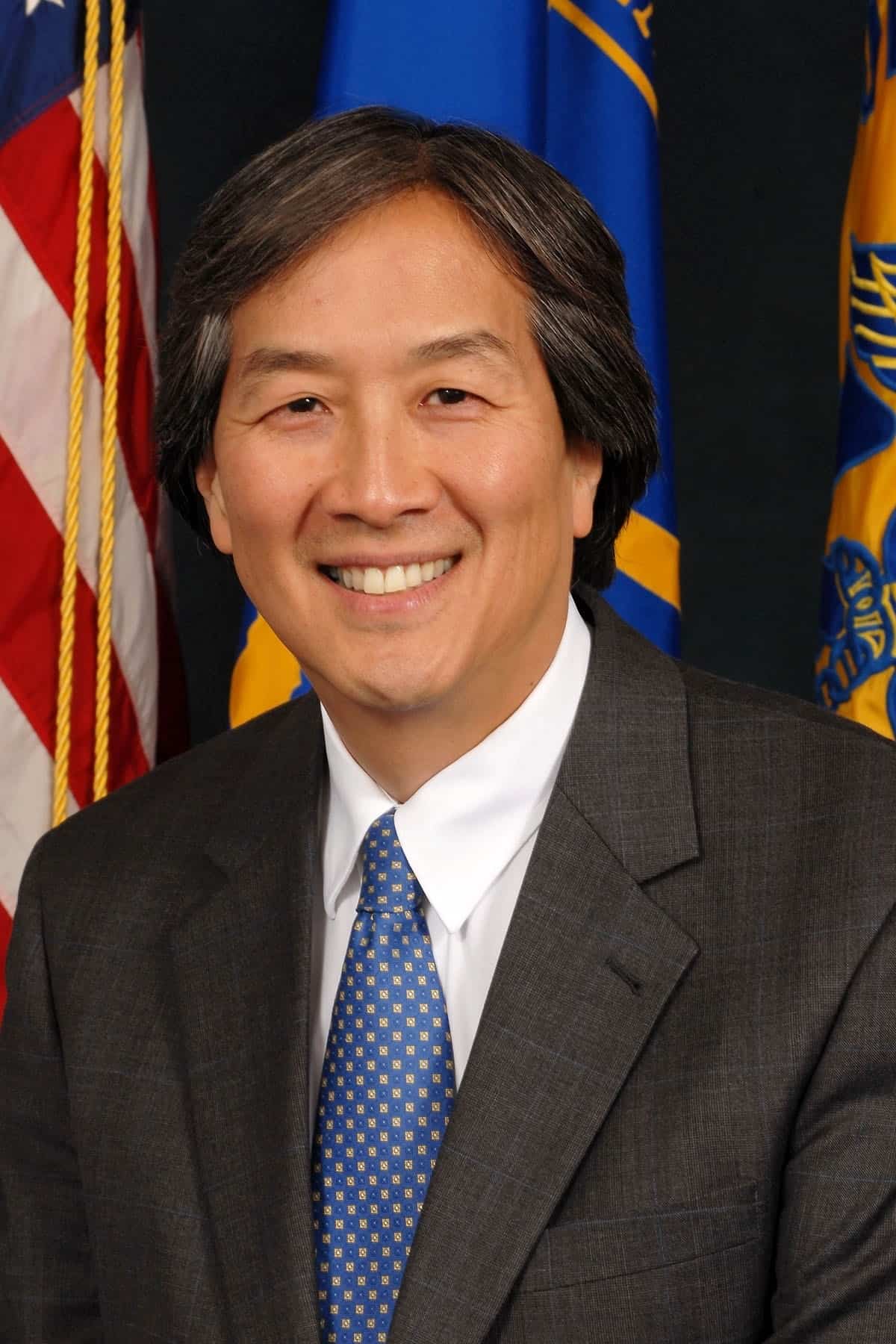In 2009, the H1N1 influenza virus significantly changed the way most healthcare workers in the United States think about the flu. Collectively, we learned once again that the influenza virus is an unpredictable and serious threat to our patients’ health and well-being. Every year, influenza sickens 5% to 20% of all Americans, sending about 200,000 people to the hospital. What’s worse is that thousands die from the flu each year.
The best means to prevent influenza illness is vaccination. This flu season, the Department of Health and Human Services is recommending seasonal influenza vaccination for everyone 6 months of age and older. Moreover, the CDC and the Advisory Committee on Immunization Practices continue to recommend that immunization programs focus initially on providing protection for people at greater risk for influenza-related complications, including:
Pregnant women.
Children younger than 5, but especially children younger than 2.
Adults aged 65 and older.
People with chronic medical conditions (eg, asthma, diabetes, or heart disease) associated with greater risk for medical complications from influenza.
People working in healthcare settings are also among those at high-risk of getting and spreading influenza.
Lead By Example
Healthcare workers can serve as role models for vaccination because they can provide vaccines and set an example by getting vaccinated themselves. Research continues to show that the flu can spread rapidly throughout healthcare settings if proper precautions aren’t taken. Vaccination of healthcare workers reduces influenza infection and absenteeism, prevents mortality in other patients, and results in financial savings to sponsoring health institutions. However, influenza vaccination coverage among healthcare workers in the U.S. remains low. Recent mid-season estimates suggest that approximately half of healthcare workers in this country were vaccinated by mid-November 2010. The health of the country depends on improvements in vaccination rates for healthcare workers.
During the 2012 National Influenza Vaccination Week (NIVW), held December 2-8, I joined efforts to encourage healthcare providers and leaders throughout the nation to reassess their vaccination status and reaffirm their commitment to vaccinating themselves, their patients, and their families. NIVW also provided a forum for healthcare workers to encourage vaccination now, as the 2012-2013 flu season began earlier than expected; peaks typically occur in January or February every year. The CDC recommends that this designated week be dedicated to promoting flu vaccination through various communication channels and hosting free flu clinics for the public. NIVW also included theme days, which are intended to promote influenza vaccination for specific audiences. During NIVW, officials reminded audiences that the flu vaccine will also help protect against the 2009 H1N1 virus, which caused so much illness.
There’s Still Time
Although NIVW 2012 has passed, there are still many opportunities to reinforce vaccination efforts for healthcare workers and patients. We should remember that the flu season can last until late May. Anyone—even healthy people—can get sick from influenza, and an annual flu vaccine is our best protection. Patients count on healthcare workers to set the right example. Anyone working in healthcare settings can lead by taking action, getting vaccinated, and encouraging patients to do the same.



 Janine Anthes
Janine Anthes